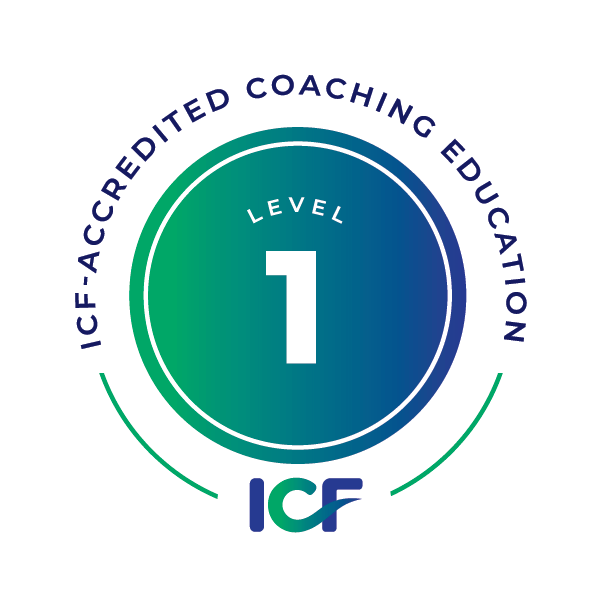Hi, Cherie here! Crafting an engagement plan that resonates with leadership and executive teams in agile environments is both an art and a science. It’s about understanding the system, identifying goals, and setting a course that aligns with both the organization’s needs and its cultural dynamics. Here are five strategic steps to guide agile coaches in establishing an engagement plan that drives transformation and fosters sustainable growth.
1. Conduct a Comprehensive System Survey
Understanding the system you’re working within is crucial. This means diving deep into alignments and misalignments, systemic themes, and the overall culture. It’s about seeing the organization through both an internal lens—how it sees itself—and an external one—how you, as a coach, perceive it. This dual perspective uncovers the real coaching focus areas and sets the stage for meaningful change.
2. Engage at Multiple Levels
Don’t limit your interactions to the top brass. Engage individuals across all levels to get a holistic view of the system. Each layer offers unique insights and represents a vital piece of the organizational puzzle. This approach ensures that no voice is left unheard, fostering a sense of inclusivity and comprehensive understanding.
3. Define Clear, Measurable Goals
Setting clear, achievable goals is the cornerstone of any successful engagement plan. This involves moving from a current state of ambiguity or challenge to a desired state where goals are not only defined but aligned with the organization’s vision. Establishing measurable indicators of success ensures that progress can be tracked and adjustments made as needed.
4. Outline Specific Coaching Activities
Identify and plan specific coaching activities tailored to address the identified focus areas. This could range from role clarity exercises to alignment sessions, all aimed at enhancing understanding, cooperation, and efficiency within the team. The activities chosen should directly contribute to achieving the set goals and be adaptable to the evolving needs of the organization.
5. Monitor Progress and Adjust Accordingly
An engagement plan is not set in stone. It requires continuous monitoring and flexibility to adapt to changes and new insights. Keep track of progress towards the goals, leveraging both successes and setbacks as learning opportunities. This iterative approach ensures that the engagement remains relevant and impactful over time.
By following these steps, agile coaches can establish a robust engagement plan that not only meets the immediate needs of leadership and executive teams but also lays the groundwork for long-term success and adaptability. It’s about creating a roadmap that guides the organization through transformation with clarity, purpose, and strategic alignment.
Until next time, Cherie 💚

Unlock Your Coaching Potential with Tandem!
Dive into the essence of effective coaching with our exclusive brochure, meticulously crafted to help you master the ICF Core Coaching Competencies.
"*" indicates required fields
About the Author
Cherie Silas, MCC
She has over 20 years of experience as a corporate leader and uses that background to partner with business executives and their leadership teams to identify and solve their most challenging people, process, and business problems in measurable ways.
















